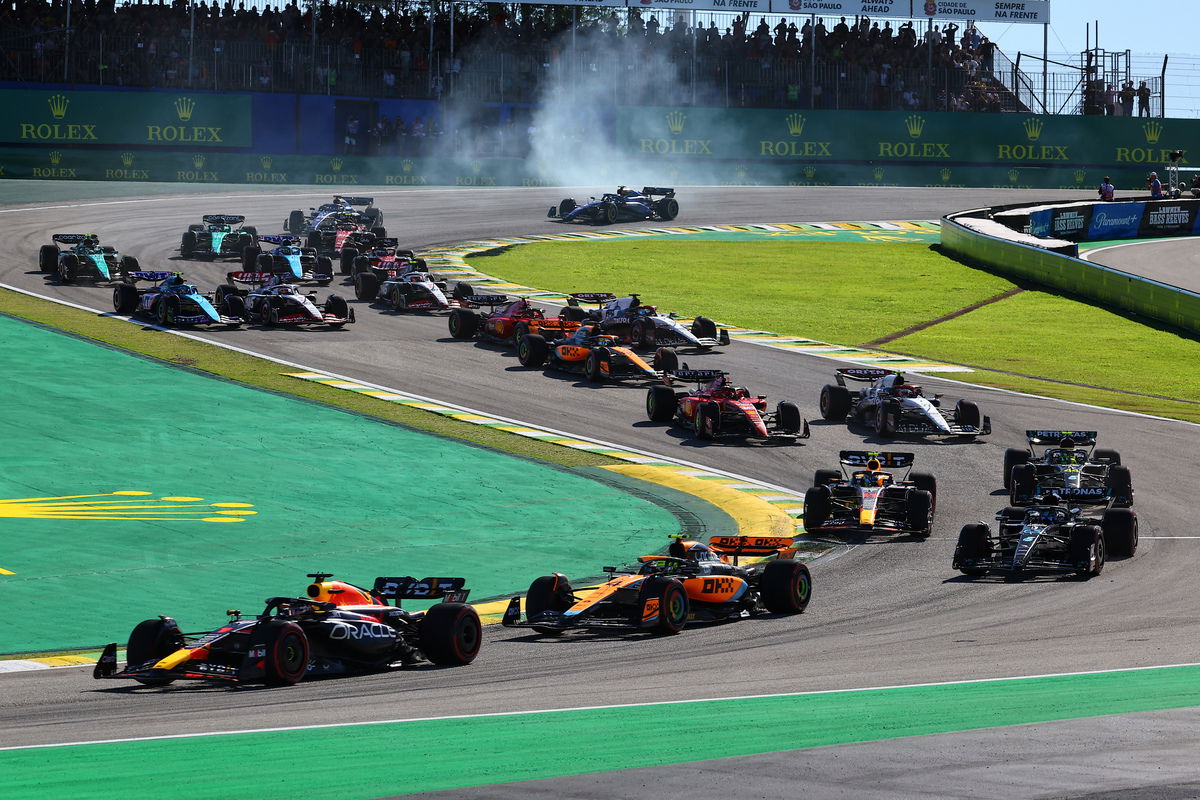

Changes to the F1 Sprint format were a key outcome of the London meeting, which also discussed changes to DRS, among other items.
The scheduling of the Sprint format events came under fire last season as opening practice was followed by qualifying for Sunday’s race.
Saturday’s track action was then entirely devoted to the Sprint, with the Sprint Shootout feeding into the 100km competitive outing.
The format had some unintended consequences, with cars entering parc ferme after just an hour of running.
That caught Mercedes and Ferrari out at the United States Grand Prix, where Lewis Hamilton and Charles Leclerc were disqualified due to plank wear.
Following a meeting of the Formula One Commission on Monday, that flow will be changed.
Instead, opening practice will precede the Sprint Shootout on Friday and Saturdays will see qualifying for the grand prix and the F1 Sprint itself.
As has always been the case, Sunday remains sacrosanct for the race.
“Following previous support by the F1 Commission for an update to the Sprint weekend there was agreement for a re-ordering of the sessions during the Sprint weekend with Free Practice 1 and Sprint Qualifying taking place on Friday, the Sprint and Grand Prix Qualifying on Saturday and the Grand Prix on Sunday,” the FIA confirmed.
“The regulatory refinements for these changes will be presented to the World Motorsport Council (WMSC) on February 28.”
A total of six F1 Sprint events will feature in the 24-race calendar in 2024, namely the Chinese, Miami, Austrian, United States, Sao Paulo, and Qatar Grands Prix.
The Commission also agreed to other changes, including reducing the delay between a race start (or restart) from two laps to one.
There have also been changes to the number of power units allocated to drivers for 2024 and 2025, given the expanded 24-event calendar.
Other minor changes have also been agreed upon, including minor updates to all three regulation sets for 2024 – sporting, technical, and financial, while discussion also addressed sustainability matters relating to the 2026 regulation set.





















Discussion about this post